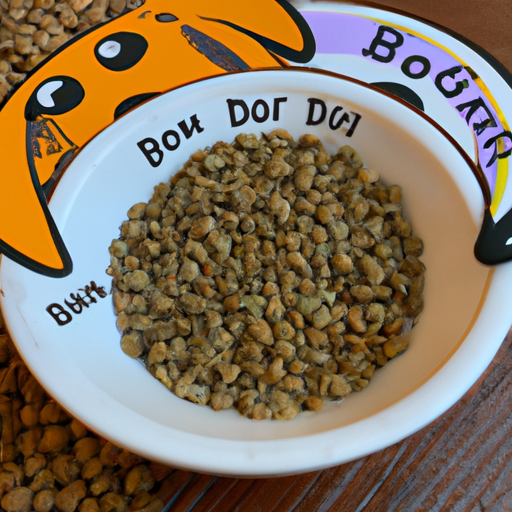You’re back from the pet store, bags brimming with the latest grain-free dog food, feeling like you’ve just made a healthy choice for your furry friend. But, wait a minute. Are all grains bad for dogs? The answer might surprise you. Let’s dive in.
H2: The Grain Debate
Grains have been demonized in pet food in recent years, with many believing they’re bad for dogs. However, this isn’t entirely accurate. Dogs are omnivores, just like us, and grains can be a valuable part of their diet. They offer essential nutrients, like fiber, which aids digestion, and complex carbohydrates for energy. But not all grains are created equal.
H2: Top Grains Good for Dogs
Here’s a quick rundown of some grains that are not only good for dogs but also provide them with vital nutrients:
- Brown Rice: High in fiber and perfect for regulating bowel movements.
- Oats: A great source of soluble fiber, which is great for dogs with bowel irregularity issues.
- Barley: Known for its ability to help lower cholesterol.
- Quinoa: A great protein source and alternative to wheat and corn.
- Millet: Gluten-free and packed with amino acids.
H2: Benefits of Grains in Dog Food
While the grain-free trend has taken the pet world by storm, there are still many benefits to feeding your dog a grain-inclusive diet.
- Digestibility: Contrary to popular belief, dogs can digest grains quite well. They provide a steady source of energy that can keep your pet full for longer periods.
- Nutrient-rich: Grains are packed with essential vitamins and minerals that your dog needs for optimal health.
- Affordability: Grain-inclusive diets tend to be less expensive than their grain-free counterparts.
H2: How to Serve Grains to Your Dog
Giving your dog grains is not as simple as tossing some rice into their bowl. Here are some tips:
- Always cook the grains first to aid digestibility.
- Mix the grains with their regular food.
- Start with small portions and increase gradually.
- Watch for any allergic reactions or digestive issues.
| Step | Instructions |
|---|---|
| 1 | Cook the grain |
| 2 | Mix with regular food |
| 3 | Start with small portions |
| 4 | Monitor your dog |
H2: FAQs
Q: Can all dogs eat grains?
A: Most dogs can eat grains without issues, but some may have allergies or intolerances. Always consult with a vet before making changes to your dog’s diet.
Q: Are there any grains I should avoid?
A: Avoid feeding your dog any grains that have been heavily processed, like white rice or white flour.
Q: How much grain should I give my dog?
A: The amount should be based on your dog’s size, age, and overall health. It’s best to consult with a vet for a more precise guideline.
So, there you have it. You are now armed with the knowledge you need to make informed decisions about including grains in your dog’s diet. Remember, every dog is unique. What works for one might not work for another. Always consult with your vet before making significant changes to your pet’s diet.



